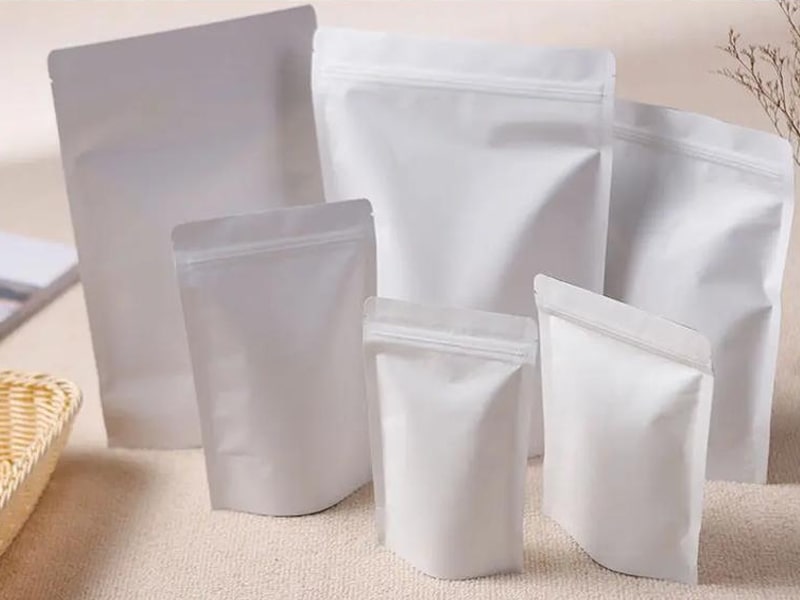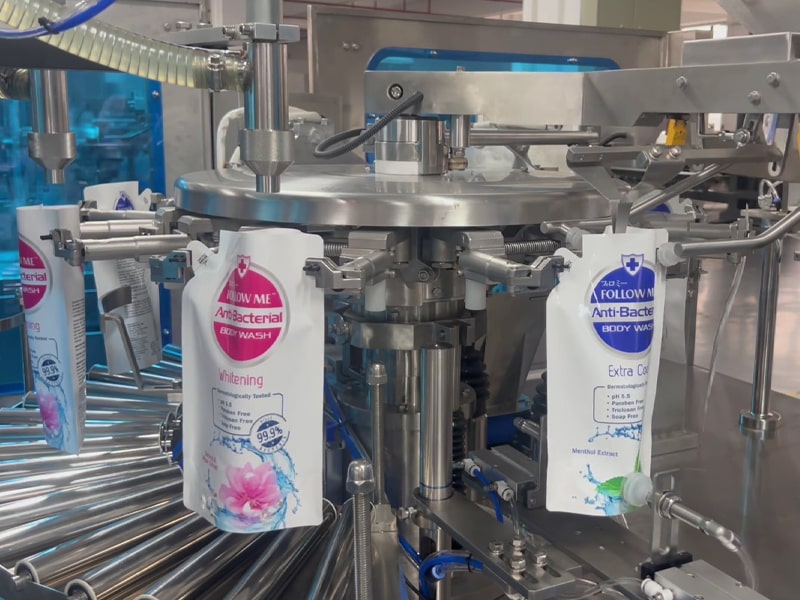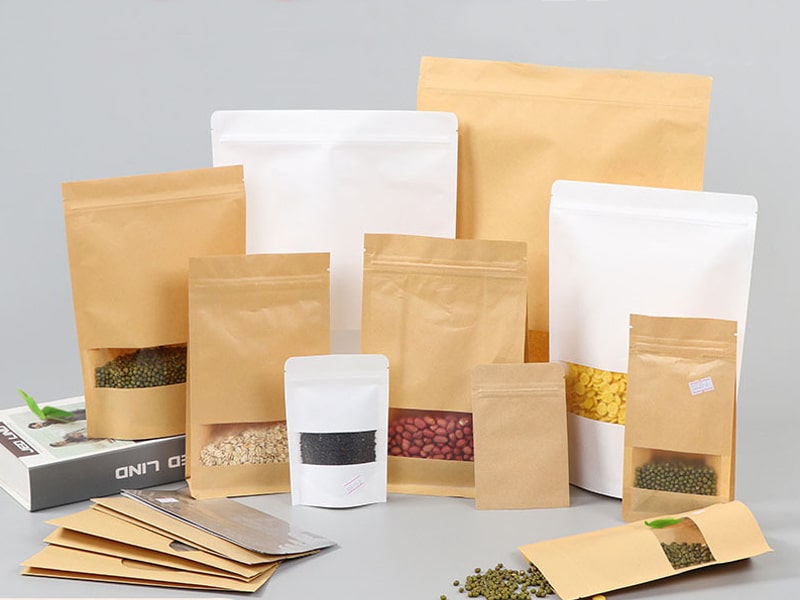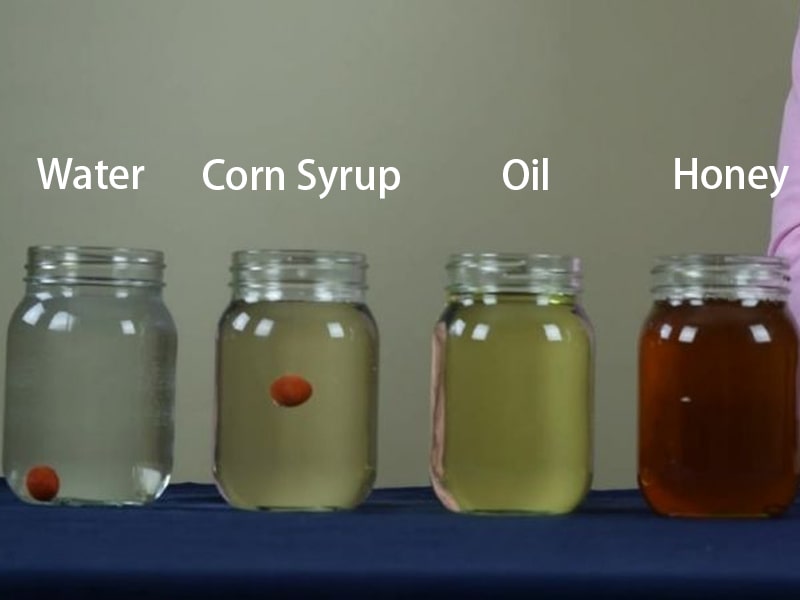Stand-Up Pouch Filling Machine: Definition, Types, and Advantages
Stand-up pouches have become a popular packaging format across many industries due to their versatility, convenience, and ability to stand upright on store shelves. These flexible bags (often called doypacks) can hold a wide range of products such as food, beverages, personal care items, or pharmaceuticals. Automating the pouch filling process is achieved with stand-up pouch filling machines – specialized packaging machines (also known as stand-up pouch packing machines or standing pouch filling machines) that integrate conveyors, dispensers, and sealers to handle pouches efficiently. These machines combine mechanical and electronic components to speed up production while maintaining accuracy and hygiene.

Understanding Stand-Up Pouch Filling Machines
Stand-up pouch filling machines range from semi-automatic units (requiring manual pouch loading) to fully automatic systems that handle every stage of the process. Fully automated machines pull empty pouches from a magazine or feeder, erect each bag, dispense the product, and seal and cut the pouch without operator intervention. In practice, an automatic pouch filler uses a conveyor or indexing system to position each bag under a dosing nozzle. Precision feeders or pumps then deposit the product into each pouch. After filling, the pouch is carried to a stand-up pouch sealing machine (often a heat sealer or ultrasonic sealer) that welds the top of the pouch shut, creating a hermetic seal. Many systems combine filling and sealing into one integrated form-fill-seal unit for stand-up pouches.
These machines are essentially electromechanical systems. Xuebapack notes that automatic pouch fillers “rely on a series of mechanical and electrical combination” to package goods. In other words, motors, sensors, and controllers work in concert: pouches are opened, filled, and sealed in a synchronized sequence. Many modern lines also include vision sensors or robotic arms (end-effectors) to guide bags precisely. For example, an end-of-arm tool might hold the pouch open while a camera verifies correct placement.
 |
| Figure: Flexible stand-up pouches (with spouts) ready for automated filling operations. |
Types of Stand-Up Pouch Filling Machines
Several machine configurations exist depending on the product form and line layout. Common types include:
- Powder Pouch Fillers: These machines handle powdered products like flour, spices, coffee, or detergent. They typically combine a product hopper with a precise dispenser (often an auger or volumetric feeder) to ensure each pouch receives the exact powder charge. These fillers often use weight scales or loss-in-weight systems to maintain high accuracy and consistency.
- Granular (Solid) Pouch Fillers: Designed for dry granular items such as rice, sugar, pet food kibbles, or snack pellets. Granular fillers may use vibratory feeders, scales or paddle counters to dispense measured amounts of solids into pouches. The machine settings can be adjusted for different grain sizes and flow characteristics, allowing quick product changes between runs.
- Liquid Pouch Fillers: Built for liquid or semi-liquid products like juices, sauces, lotions, or liquid detergents. Liquid fillers use pumps, pistons, or gear-driven dosing to deliver precise volumes into each pouch. There are specialized modes: hot-fill machines that fill and immediately seal hot products (often used for juices and purees), aseptic machines that sterilize product and packaging before filling (extending shelf life), and cold-fill lines that handle room-temperature products such as water or cleaning solutions.
- Spout Pouch Fillers: For pouches with built-in spouts or caps (common in liquid packaging), there are dedicated filling systems. These machines align a pouch’s spout under a filling nozzle, pour the liquid through the spout, and then attach or crimp a cap in an automated sequence. This is typical in beverage and liquid food industries.
Each machine type can be further customized. Options include adding nitrogen or vacuum flushing to remove air before sealing, integrating printer and coder modules, or using multi-head filling systems for even higher speed. The best choice depends on your specific product properties and packaging requirements.
Applications and Industries
Stand-up pouch filling machines serve a wide range of markets. For instance, they are commonly used in the food and beverage industry – packaging snacks (chips, nuts, granola), cereals, and liquid products like juices and sauces. They also appear in personal care and household goods lines (filling liquid soaps, shampoos, cleaning concentrates), as well as pet food and treats (dry kibble or wet food). The versatility of pouch fillers allows food processors, pet product manufacturers, and consumer goods companies to adapt packaging quickly to market trends. Many beverage producers have even switched from bottles to doypacks using automated fillers to lower packaging costs and improve ergonomics.

Key Advantages of Stand-Up Pouch Filling Machines
Stand-up pouch filling machines offer many benefits that can significantly improve packaging operations:
- Increased Efficiency and Throughput: Automating pouch filling greatly speeds up production. These machines can fill dozens or hundreds of pouches per minute with minimal downtime. High-speed pouch fillers substantially boost output while reducing manual labor requirements.
- Precise, Consistent Fills: Automated dosing systems ensure each pouch receives the exact set quantity of product. Precise volumetric or weight-based filling minimizes overfill or underfill. This consistency improves product quality and reduces waste. Advanced filling machines use precise weighing/dosing to achieve uniform fills.
- Versatility: A single stand-up pouch machine can often handle different products and pouch styles with rapid changeovers. Programmable controls let operators switch fill weights, pouch sizes, or product types quickly. SFXB’s systems, for example, support multiple filling modes and can adapt to powders, granules, or liquids as needed.
- Enhanced Product Protection: Many stand-up pouches use multi-layer barrier films that protect against moisture, oxygen, and light. When filled under controlled conditions (for example with optional nitrogen flush), these pouches keep contents fresh longer. Flexible pouch materials deliver excellent barrier properties for sensitive goods. Automation also reduces human contact, lowering contamination risk and ensuring food-grade hygiene.
- Cost Savings: Flexible pouches use less raw material than rigid containers, cutting material costs and waste. Their lightweight nature also reduces shipping and warehousing expenses. Stand-up pouches lead to “reduced packaging waste” and “lower shipping costs” compared to traditional packaging. Additionally, automating the fill process cuts labor costs and lowers product loss due to misfills or downtime.
- Improved Shelf Impact: The upright design of stand-up pouches provides an eye-catching display. These pouches have an “attractive design” and their standing orientation saves retail space. Pouches can also include consumer-friendly features like resealable zippers or easy-pour spouts, enhancing market appeal.
All these advantages contribute to higher productivity and cost-effectiveness. For example, companies transitioning from manual pouch filling to automated machines often report dramatic gains in output and fewer quality issues.
Common Pitfalls and Best Practices
Even automated systems require careful attention. Common mistakes to avoid include:
- Incorrect Pouch Selection: Using a pouch not suited for the product or sealing method can lead to failures. A low-barrier pouch with a high-moisture product may spoil, and an improper gusset size can cause instability. Always match pouch film type, thickness, and closure features (like zip or spout) to your product’s needs.
- Improper Fill Level: Overfilling a pouch stresses the seal (leading to leaks or bursts), while underfilling can leave excess empty space and inconsistent seal integrity. Calibrate the machine carefully and verify weights. Some systems offer sensors or vision checks to confirm fill levels automatically.
- Poor Sealing Quality: Heat-sealing parameters (temperature, pressure, dwell time) must be optimized for the pouch material. If the settings are wrong, the seal will be weak. Periodically check seals – for example, test seal strength on samples – and adjust as needed.
- Contamination: Dust, debris, or drips in the seal area can cause pouches to fail. Maintain a clean filling environment: ensure no product is dripping down the edges of the pouch during fill, and clean or replace filling nozzles and sealing bars regularly.
- Skipping Quality Checks: Finished pouches should be inspected or tested. SFXB advises against skipping tests, warning that not verifying seal strength or burst pressure can lead to shipping defective packages. Implement routines like visual inspections, vacuum or burst testing, and weight checks to catch issues early.
Following best practices is key. Make sure the pouch’s bottom gusset is fully expanded and the bag is stably held before filling. Use proper tooling (funnels, docking stations, guided chutes) to align bags. For manual or small-batch filling, tools like scoops and scales help. For automated lines, ensure sensors and feeders are correctly adjusted so pouches and product meet predictably. Proper operator training and routine maintenance also prevent most common errors. With these precautions and checks, manufacturers can avoid common errors and ensure that every stand-up pouch is filled and sealed correctly.
Choosing the Right Stand-Up Pouch Filling Machine
Selecting an appropriate pouch-filling machine depends on your production requirements. Key considerations include production volume, product characteristics, and budget.
- Production Volume: Ensure the machine’s speed (pouches per minute) matches your expected output. High-volume operations might require multi-head fillers or additional feeding devices.
- Product Type: Match the filler to the product. Auger or screw fillers for fine powders; piston or pump fillers for liquids; vibratory or scale feeders for granules. Consider product viscosity, particle size, or fragility.
- Pouch Compatibility: Verify the machine supports your pouch style (size range, film thickness, spout vs. flat bottom). Machines that can adjust quickly to different pouch dimensions save setup time when running multiple SKUs.
- Budget and ROI: Balance initial cost with long-term gains. Higher-end machines often have better accuracy and uptime, which can justify their price through reduced waste and labor. Consider the total cost of ownership, including energy and maintenance.
- Support and Maintenance: Choose a reputable manufacturer. Good technical support, spare part availability, and training are important for keeping the line running.
By carefully evaluating these factors, companies can invest in a stand-up pouch filling (and sealing) system that maximizes efficiency and quality for their specific application. A well-chosen machine will streamline production and provide flexibility as needs grow.
Conclusion
Stand-up pouch filling machines represent a major advance in packaging automation. By combining mechanical precision with electronic control, these machines handle high volumes of flexible pouches efficiently. Automating pouch feeding, dosing, and sealing dramatically increases throughput while ensuring consistent fill weights and package integrity. The end result is faster production, lower operating costs, and durable, shelf-ready packaging that meets modern market demands.
Success with pouch packaging depends on choosing the right equipment and following best practices. As outlined above, understanding machine types, avoiding common pitfalls, and configuring the system correctly will ensure every pouch is filled and sealed perfectly. With the appropriate stand-up pouch filling and sealing solutions in place, manufacturers can confidently meet market demand for convenient, high-quality packaged products.
Frequently Asked Questions (FAQ) About Stand-Up Pouch Filling Machine
1. What is a Stand-Up Pouch Filling Machine?
Answer: A Stand-Up Pouch Filling Machine is an automated system designed to fill and seal stand-up pouches with various products, such as liquids, powders, and granules. These machines are commonly used in packaging food, beverages, personal care products, and pharmaceuticals.
2. What types of products can be filled using a Stand-Up Pouch Filling Machine?
Answer: Stand-Up Pouch Filling Machines can handle a wide range of products, including liquids (juices, sauces), powders (coffee, flour), granules (pet food, rice), and semi-solids (shampoo, lotions).
3. How does a Stand-Up Pouch Filling Machine work?
Answer: The machine automatically loads empty pouches, fills them with the desired product using a dosing system, and seals the pouches. The process is fully automated in many systems, allowing for high-speed, accurate production.
4. What are the key components of a Stand-Up Pouch Filling Machine?
Answer: Key components include a pouch holder, a filling nozzle or pump, a sealing unit, and a control system. These components work together to ensure efficient and accurate pouch filling and sealing.
5. What industries use Stand-Up Pouch Filling Machines?
Answer: Stand-Up Pouch Filling Machines are widely used in industries such as food and beverage, cosmetics and personal care, pharmaceuticals, and pet food. Their versatility makes them suitable for packaging a wide range of products.
6. What is the difference between automatic and semi-automatic Stand-Up Pouch Filling Machines?
Answer: Automatic machines handle every stage of the filling and sealing process without operator intervention, while semi-automatic machines require some manual input, such as pouch loading or unloading.
7. How do I choose the right Stand-Up Pouch Filling Machine?
Answer: Consider factors such as production volume, product type, pouch size, and budget. Ensure the machine is compatible with your product’s characteristics (e.g., liquid, powder, granules) and supports your required fill accuracy and speed.
8. What are the benefits of using a Stand-Up Pouch Filling Machine?
Answer: Key benefits include increased efficiency, precise filling, versatility for different product types, reduced labor costs, improved shelf appeal, and lower material costs compared to rigid packaging.
9. What common issues should I avoid when using Stand-Up Pouch Filling Machines?
Answer: Avoid using incompatible pouches, improper fill levels, poor sealing quality, contamination, and skipping quality checks. Regular maintenance and calibration are also critical to avoid machine downtime and product defects.
10. How do Stand-Up Pouch Filling Machines impact production speed?
Answer: Stand-Up Pouch Filling Machines greatly increase production speed by automating the filling and sealing process, enabling the handling of hundreds of pouches per minute, reducing manual labor, and minimizing human error.
11. Can Stand-Up Pouch Filling Machines handle different pouch sizes?
Answer: Yes, many Stand-Up Pouch Filling Machines are adjustable and can handle various pouch sizes and styles, including those with spouts or zippers. Some machines allow for quick changeovers between different pouch configurations.
12. What are the maintenance requirements for Stand-Up Pouch Filling Machines?
Answer: Regular cleaning, lubrication, calibration, and inspection of key components (such as the filling nozzles and sealing units) are essential for maintaining optimal performance and avoiding downtime.
| References: | |
| 1. | Stand-Up Pouch Machines Market Size, Growth, Trends, 2034 ——Retrieved from:Global Market Insights |
| 2. | Case Study: Stand-Up Pouch Making ——Retrieved from:Packaging Strategies |
| 3. | Standup Pouches: The Game‑Changing Flexible Packaging Format ——Retrieved from:Packaging Strategies |
| 4. | Applications for Stand Up Pouch Packaging ——Retrieved from: PPC Flex |






Comments